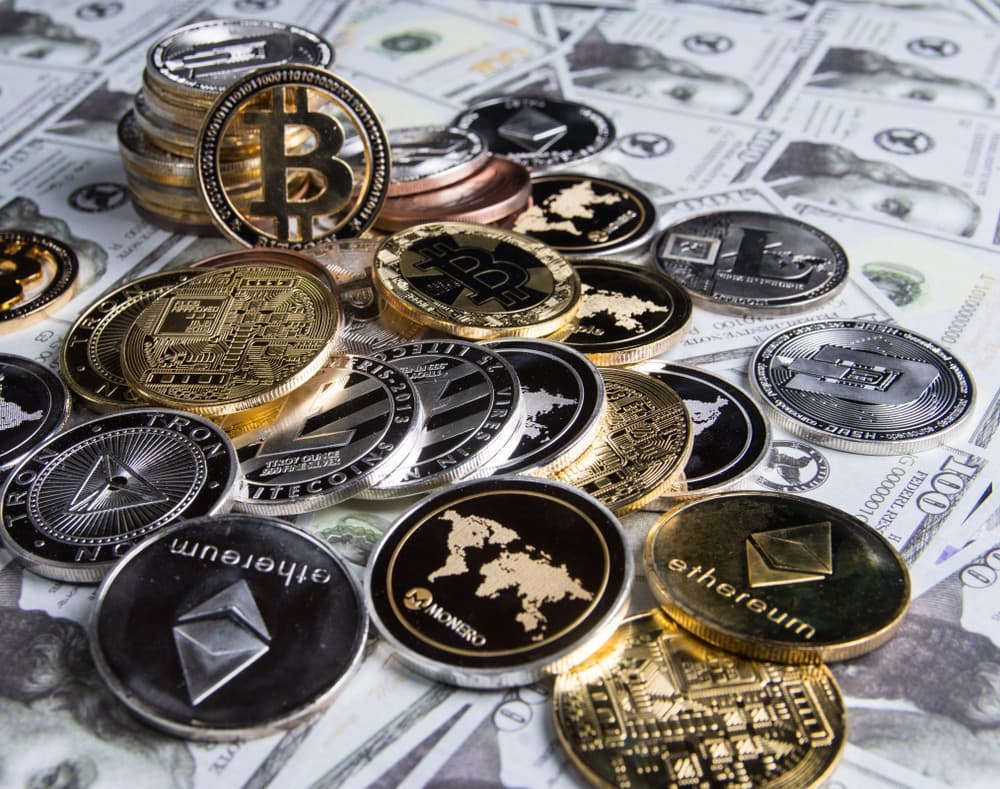
Golden Flack Jacket
Bill Bonner, Bonner Private Research
We drove up to Lake Champlain yesterday for a wedding. The leaves have begun to change, but it is still early in the season; they’ll be in their full glory in a month or so.
In the last two election years, we noticed that when we got beyond the commuting range of major East Coast cities, we began to see Trump signs everywhere. This year, we saw almost none. In one Upstate New York town, a place we assumed was Trump country; we saw only a giant Harris/Walz billboard. Are people losing interest? Is this a meaningful ‘straw in the wind’?
Don’t know. So, let’s get back to business.
CBS asks:
Does gold investing make sense with the price high? Here’s what experts say.
In recent years, gold has caught investors’ eyes, especially since the start of 2024. The price of gold has been on a steady climb and even hit a new all-time high of $2,672 per ounce in September. This surge has pulled in even more investors, fueling further price increases. But now, with gold prices at record levels, many are asking: Is it still wise to buy gold? Or should investors wait for a pullback?
The investment pros had the usual answers. Given the risks of war and inflation, most see gold as a ‘haven.’ Many expect that it is an ‘investment’ that will pay off.
But gold is not an investment. Warren Buffet is right; it will never give an investment return. It has no factories or sales outlets. It doesn’t make payroll or a profit. It hasn’t been souped up with AI. It doesn’t do anything—it just sits there.
It doesn’t grow more prominent. But it doesn’t shrink, either. Its purpose is merely to avoid an investment loss… notably the Big Loss that would knock you out of the game.
In the long run, you make money by owning a piece of a profit-making business. The profit represents an actual increase in real wealth. A quintessential example of that was Philip Morris, which kept making smokes, making profits, and distributing money to shareholders. If you had invested $1,000 in Phillip Morris a hundred years ago, you’d have $250 million today.
However, Phillip Morris is not immune to the diseases, mood swings, and bad hair days of Wall Street. When the market got sick, the cigarette companies coughed, too. Stock prices can wheeze and sneeze for an entire generation before returning to their prior rude good health.
While we can never know when we might catch a cold, we can at least shut the window from time to time. That is the insight behind our Dow/Gold macro trading model. It aims to keep you in the stock market so long as there is a decent hope of returns… and to keep you out when the risk of a Big Loss increases.
The two thresholds — the places where we suggest moving in or out — are five and fifteen. When you can buy the Dow for less than five ounces of gold, the risk of a Big Loss is low; it’s time to buy stocks. When you have to pay more than fifteen ounces, on the other hand, it’s time to move out of stocks.
Where are we now?
The ratio is around 16. We’re out.
That is not, however, the whole story. Markets move in broad swings from bull to bear, from rising prices to falling prices and back over long periods. This is what we call the Primary Trend. Grosso modo, stocks are either going up or going down. If they’ve been trending down, we assume that they’ll keep going down until they reach a bottom.
If they’ve been going up, we assume the trend will continue until they reach a top. We don’t know where those bottoms and tops will eventually be found or what exactly will happen in the meantime. But tops and bottoms show up sooner or later, and they are reliably (by definition!) beyond our 5-15 fence lines.
Currently, stocks have been going down (in terms of gold) since 2000. This is at odds with what everyone believes. Although stocks have gone up a lot in nominal dollar terms, gold has gone up even more. From forty ounces of gold to buy the Dow stocks, it now takes only sixteen.
The logical place to be when you are out of stocks is in gold itself. But gold has its moods, too. Right now, it is relatively expensive. It wouldn’t be surprising to see the price go down – shaking recent passengers off the bus – before it resumes its drive to its ultimate destination, under 5 ounces to the Dow.
Of course, gold is not the only ‘safe haven.’ You could be in cash. Or real estate. Art. Or… even a few carefully selected stocks.
The Dow/Gold model speaks for the stock market generally… for the averages… for the great mass of the stock market, not for specific companies. There are always some that resist the Primary Trend. And other companies pay such nice dividends that you don’t care if the stock price goes down.
New products, technologies, and opportunities also emerge even when the Primary Trend is down.
The Dow/Gold macro model is not a straitjacket. It’s a flak jacket. It helps protect you from the Big Loss.



